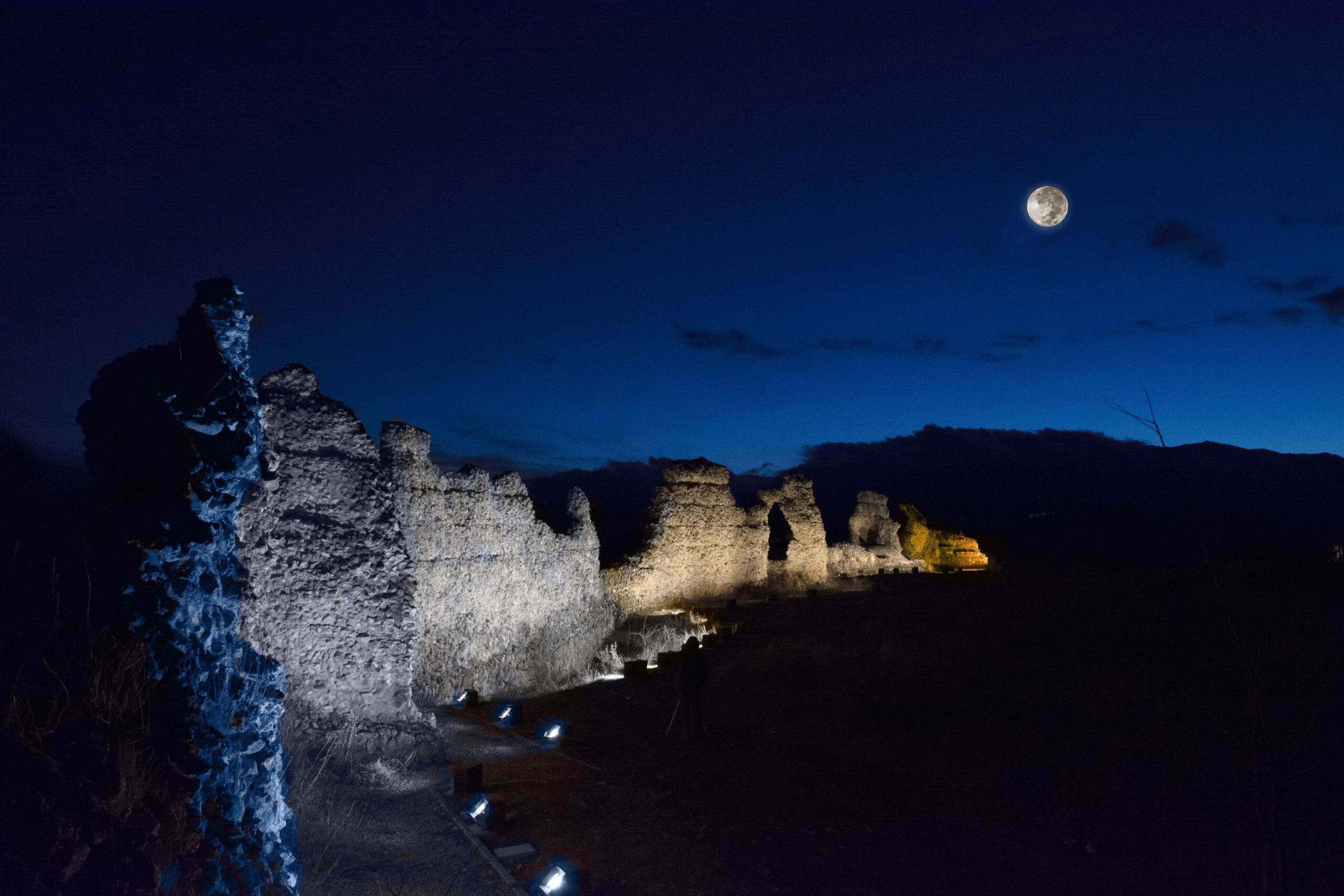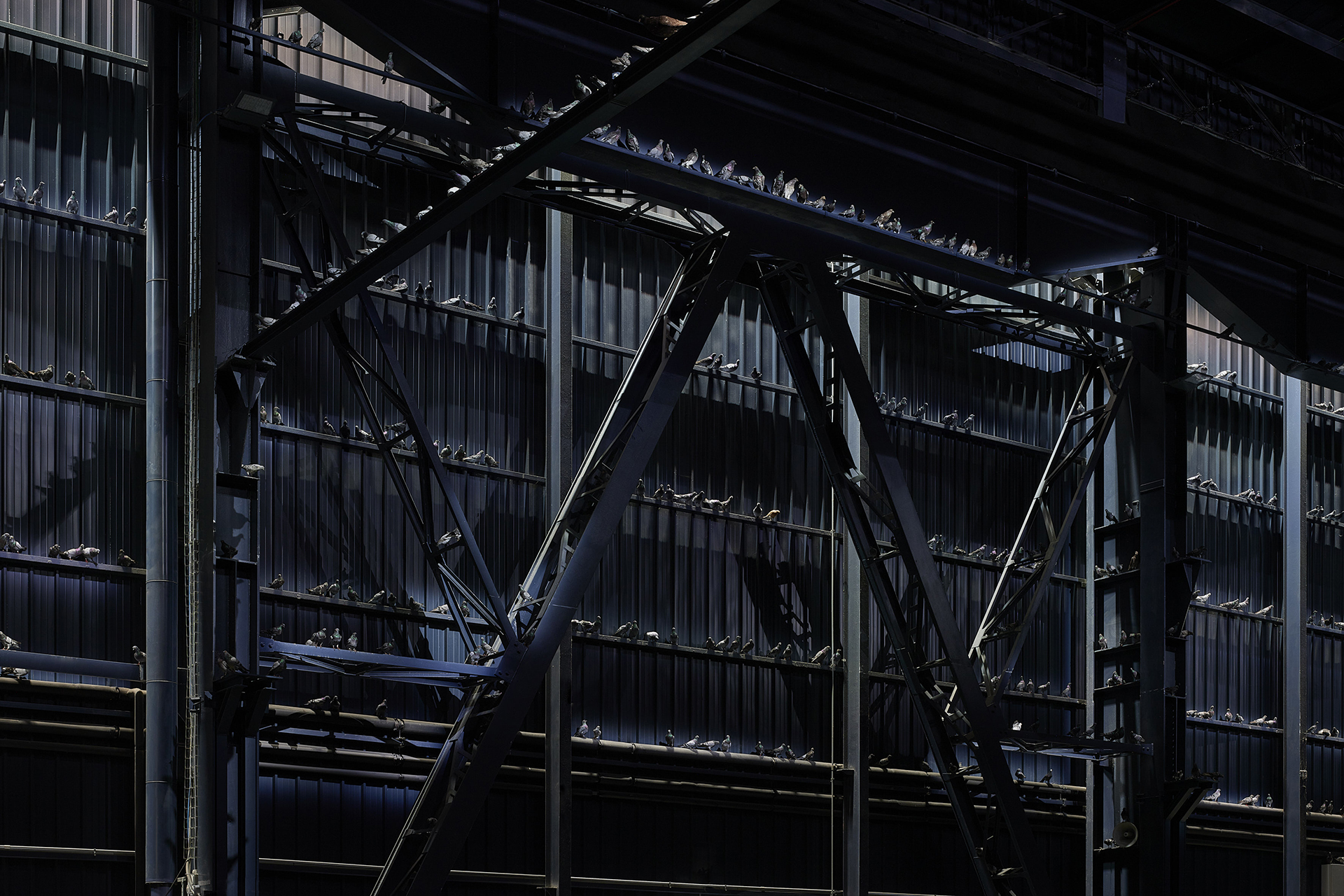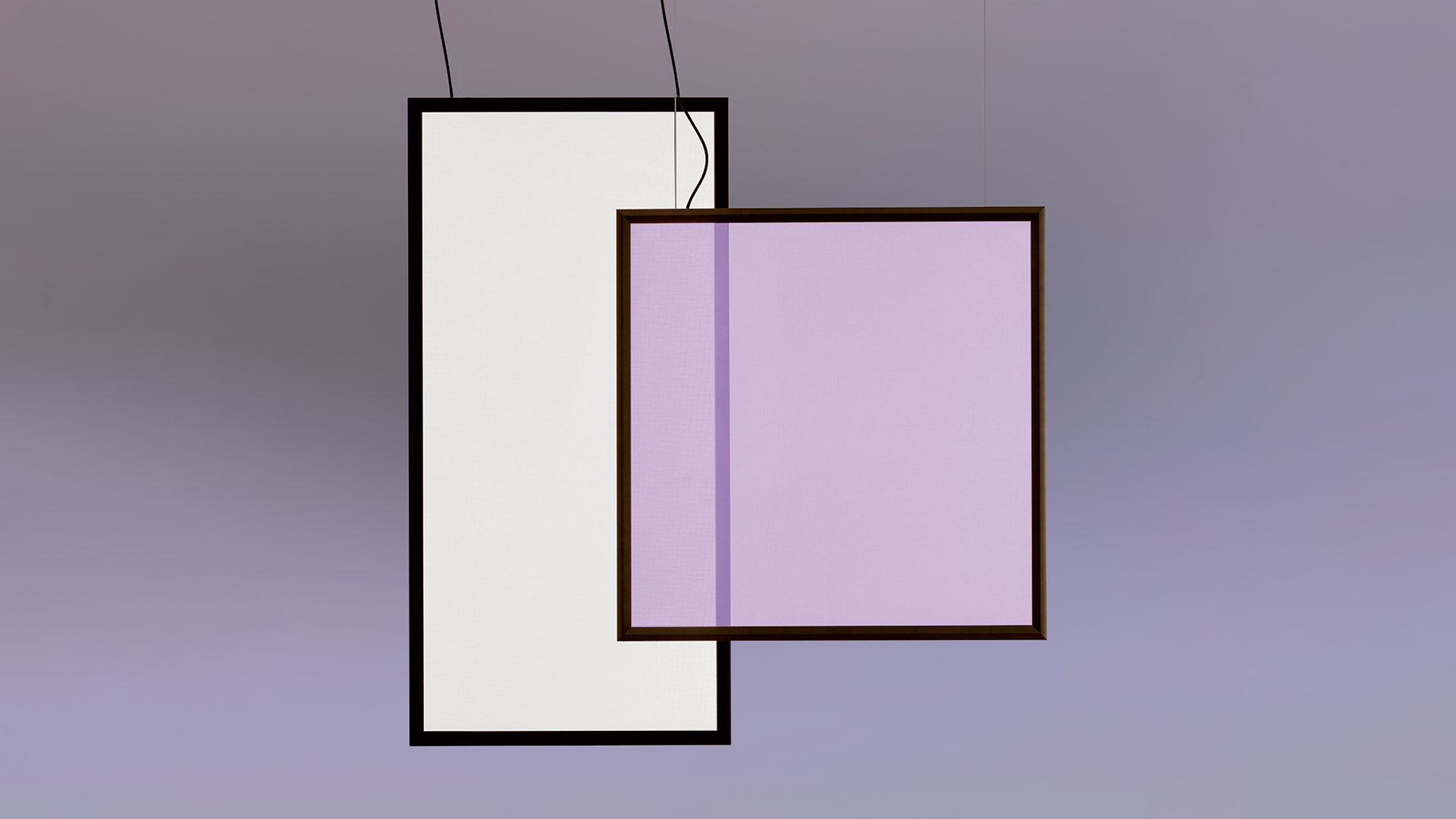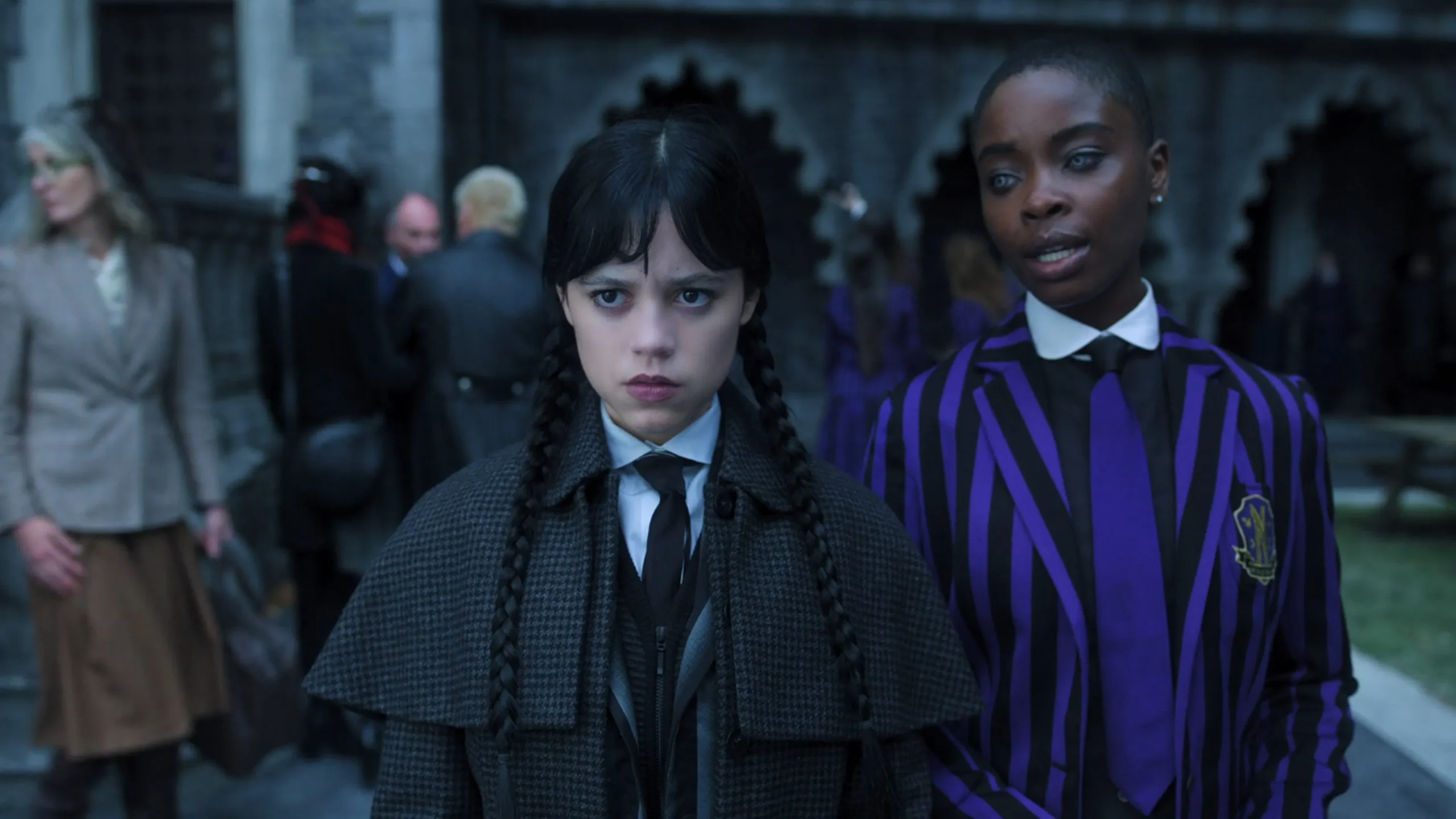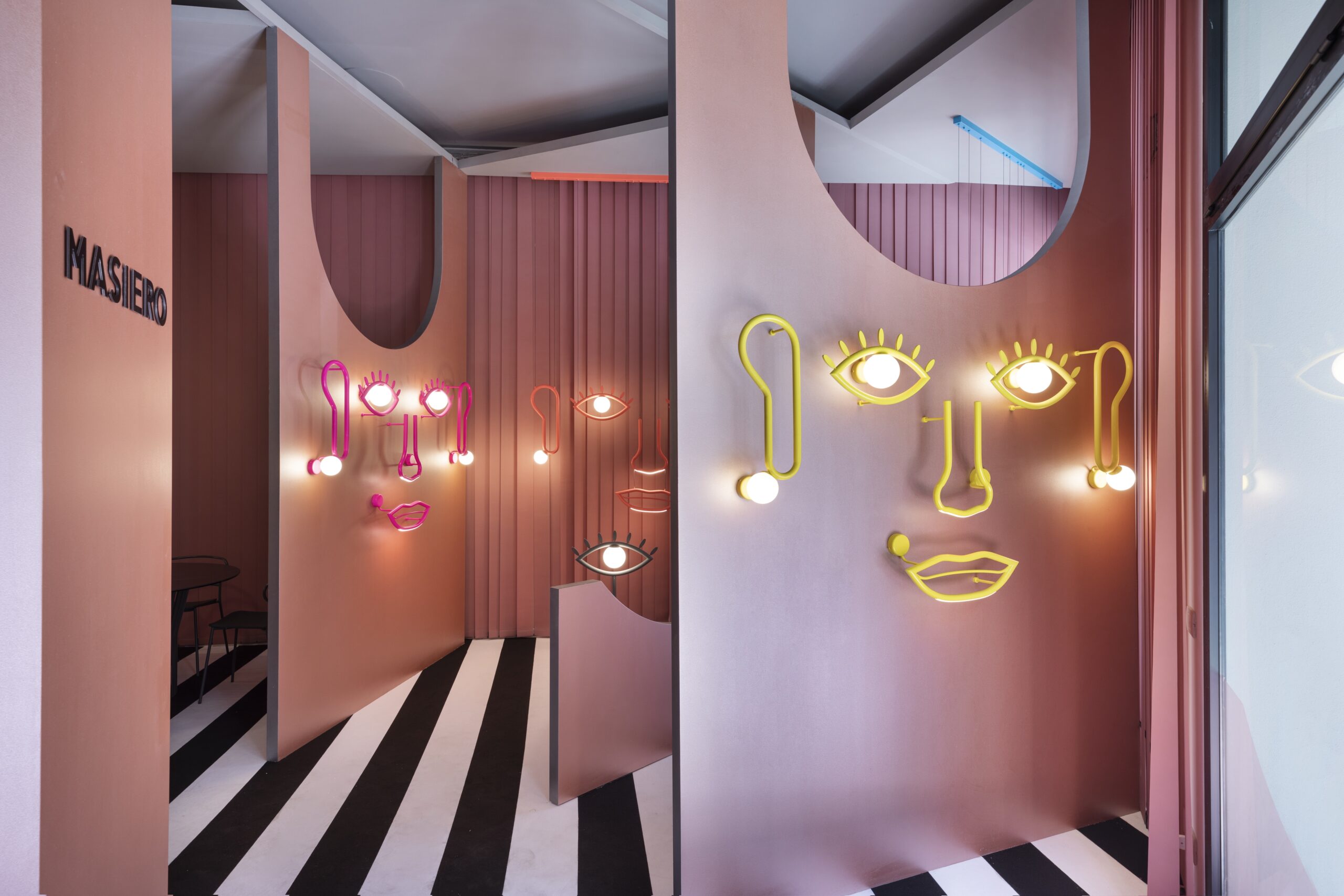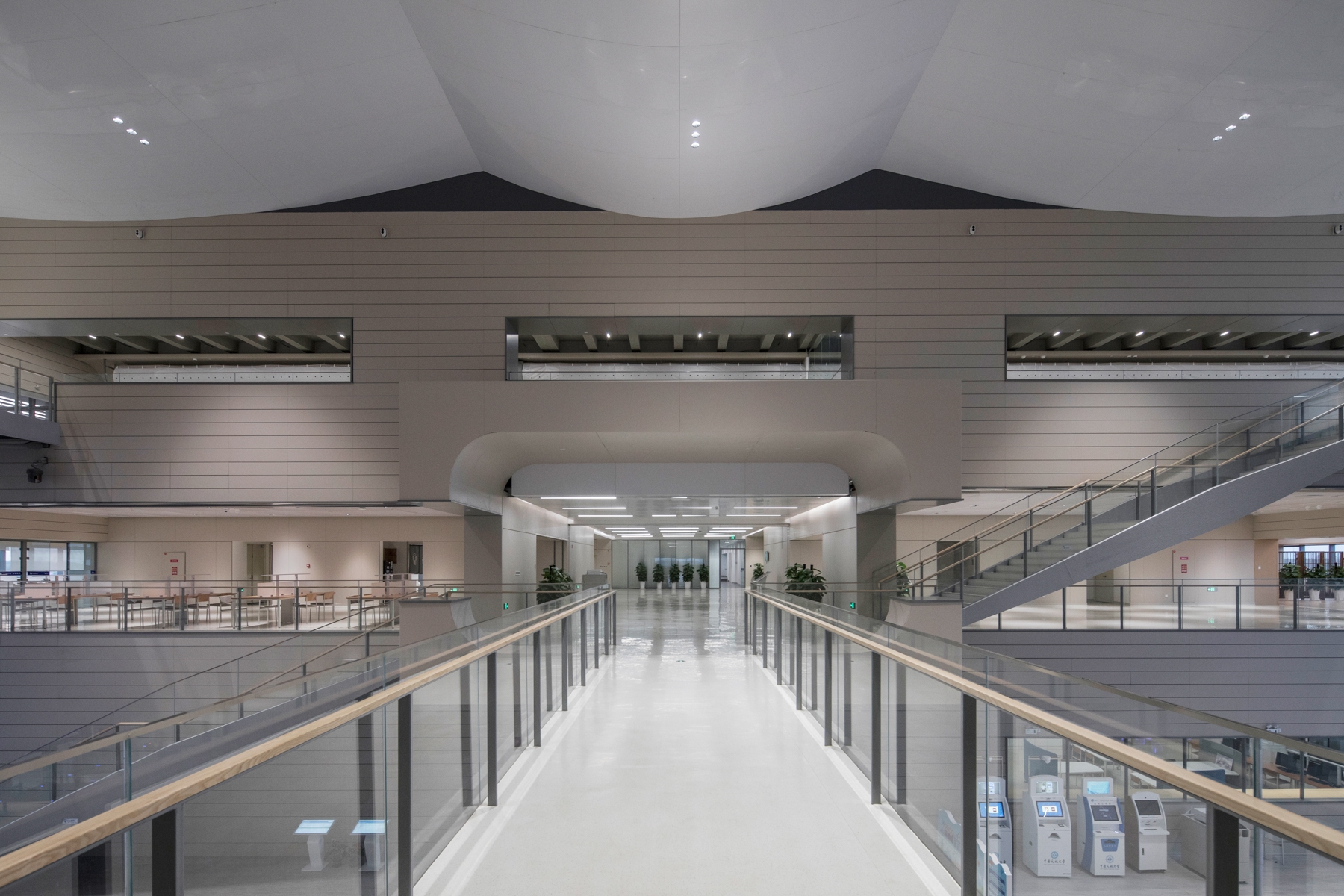Studio De Schutter is a lighting design office based in Berlin and Antwerp, specializing in custom-made and immersive lighting solutions. The conviction that light has a decisive influence on the perception of space and well-being forms the basis for close cooperation with project developers, architects, and private clients. In addition to planning and designing individual lighting concepts, the office also acts as a consultant. «Sustainability and climate neutrality describe the fundamental principles of lighting design forus» says Sabine, founder and director of Studio De Schutter. That claims to use artificial intelligence and design support tools, great aids that do not replace the human and creative part of the work, but make repetitive tasks easier.
Humans are at the center of your design philosophy. How much can good lighting affect the way spaces are experienced and the well-being of individuals?
«Lighting renders and highlights architecture—it shapes how a space is read and felt. But we often see spatial illumination being forgotten. Norm-based functional lighting is ticked off, and decorative elements are added late as part of the interior styling. The layer that ties it all together is often missing: structure, rhythm, atmosphere. That’s the layer we focus on.
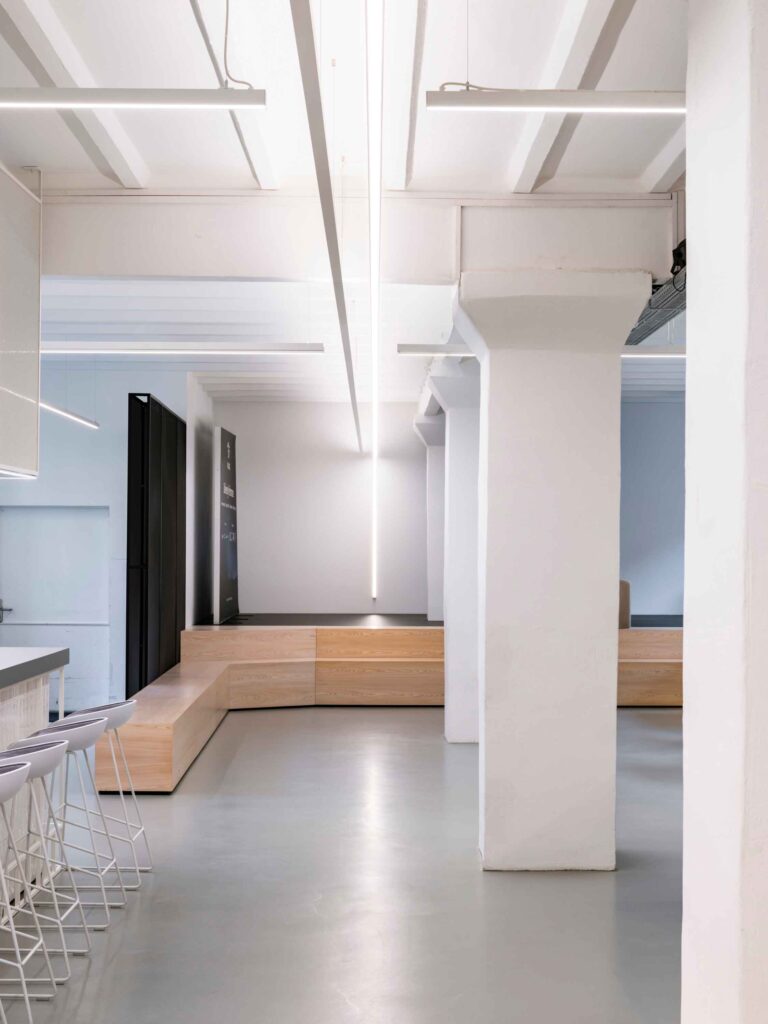
At Studio De Schutter, human-centricity isn’t a buzzword—it’s embedded in how we design. Instead of planning general illumination, we design lighting based on specific user needs and wishes. People experience spaces differently. Take an office: there are quiet zones, open-plan areas, and focused workspaces. We bring that diversity into the lighting concept as well. It’s not one light fits all. We design varied lighting ambiences to support different tasks, moods, and sensitivities, creating environments that also cater to neurodivergent teams. Lighting affects how people feel, behave, and connect. And when it’s done with care, it supports both the architecture and the people in it».
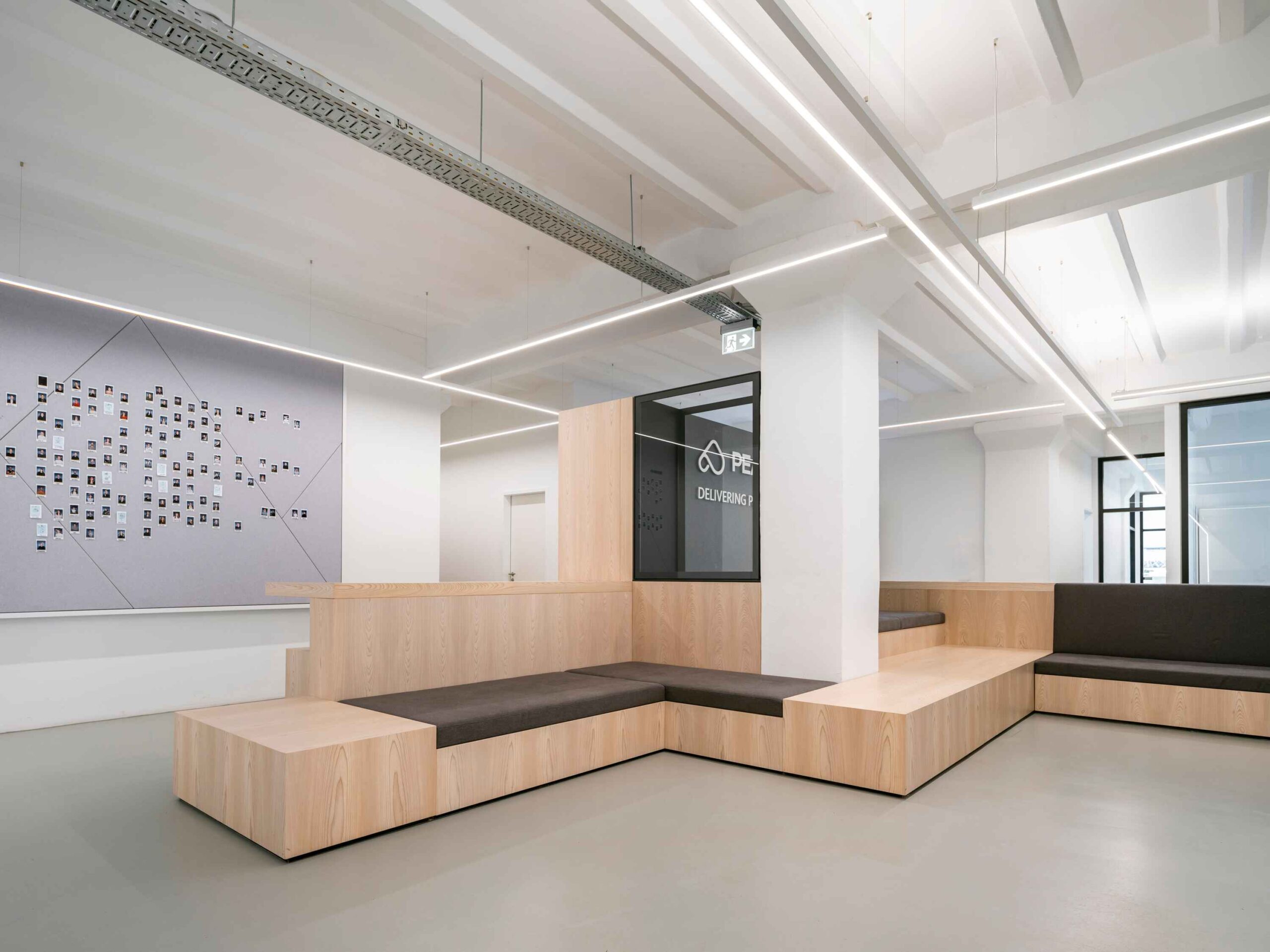
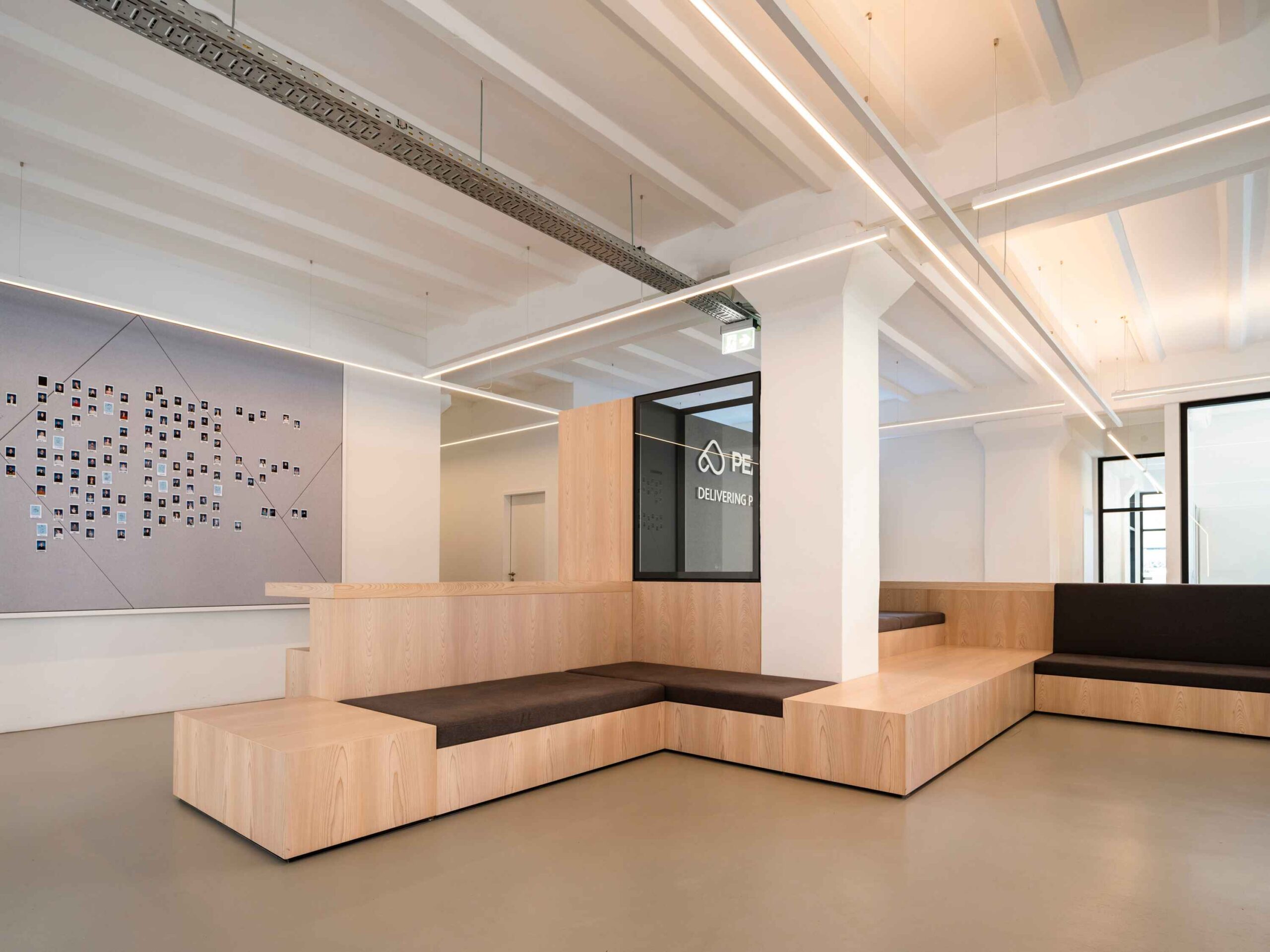
What do you think is the correct way to use AI in the design or creative field? How does it facilitate the work of various professionals collaborating on the same project? And how does it help the lighting designer?
«AI should be used with respect for authorship and ideas. It shouldn’t copy or infringe. I hope to see clear rules and laws very shortly. I also believe it shouldn’t replace a design concept, because then we will get generic results—soulless copies. But when used intentionally, there’s real potential. Think about scaling design principles and strategies. We’ve worked on lighting layouts for hotel chains where room typologies seem repetitive, but often need slight changes due to real-life exceptions. That’s where I expect AI will be reducing the manual labour and help lighting consultants focus on what brings value— taking design decisions».

You recently used AI for the Harry Potter Theatre project in Hamburg. What tools have you applied and what have they been useful for?
«We used parametric design, which in a way is like prompting and an AI model as we know them today—rule-based, input-driven. It gave us flexibility within strict limitations. The project was very complex: with over 3,000 bulbs, 7.5 km of cable, in a listed building, and a roof structure we couldn’t touch. Parametric tools like Rhino helped us to define spatial boundaries, test different forms, and assign 60 unique fixture types without losing the rhythm.
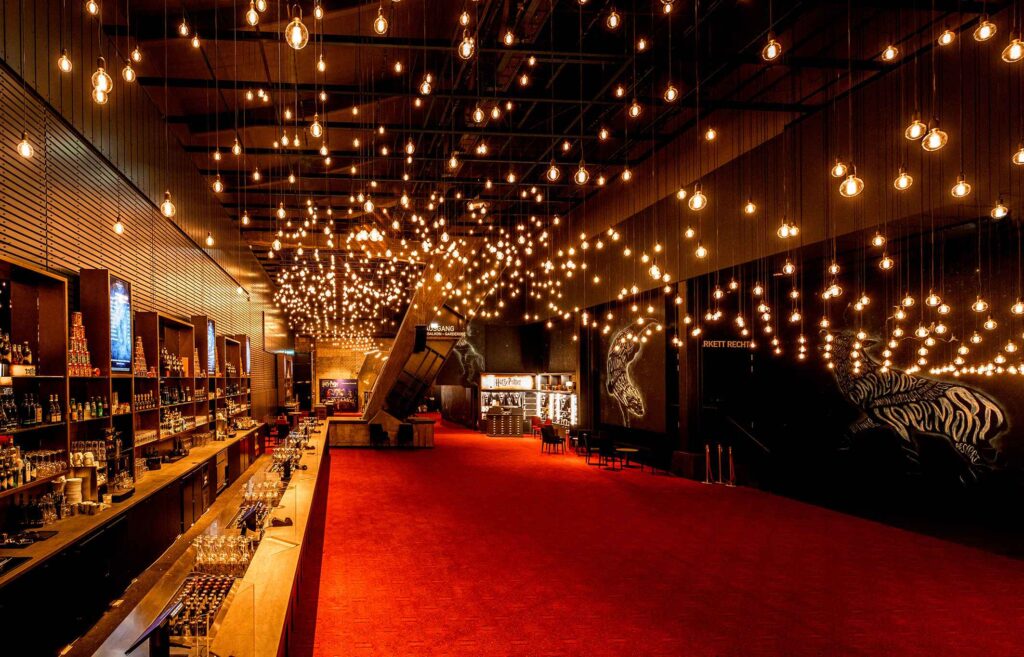
Tools like these made this complex project manageable and much faster than any other manual program would have been able to. It brought structure and speed to the project, letting us check for collisions with other planners and verify shape and form with the architect and client through visualizations. The best part. Over 60 fixture types received names and clear locations for everything to run smoothly from the tender to the production, and locating these types on the construction site».
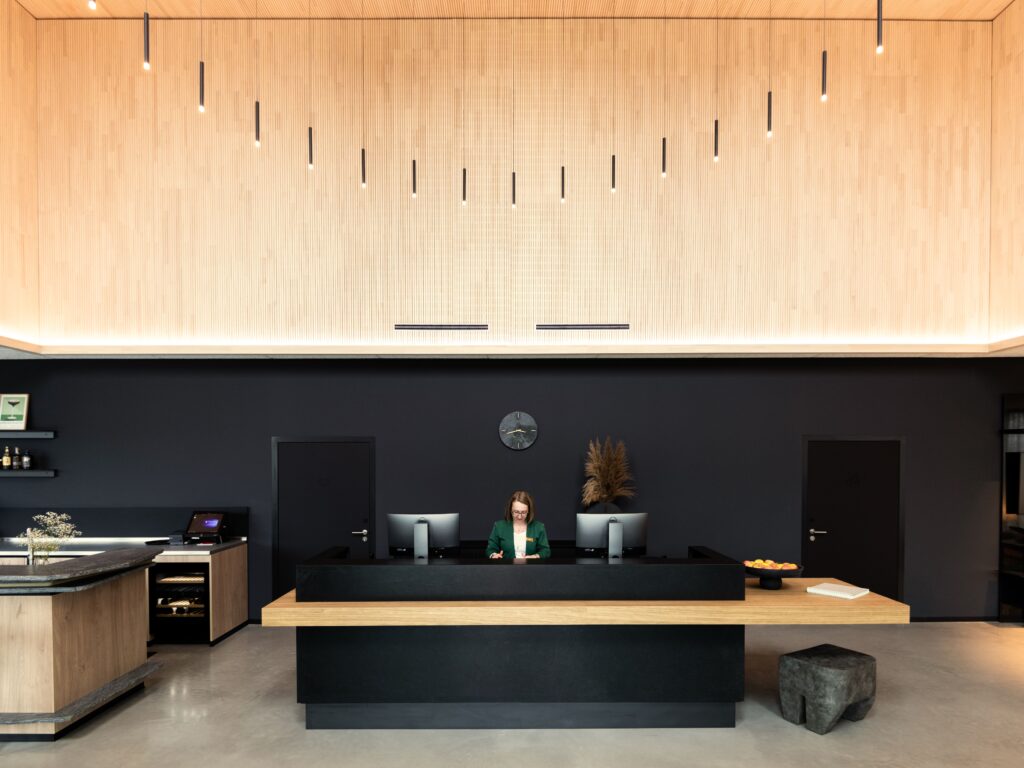
Does AI endanger creativity? Do you fear that technology will completely replace professionalism, or is this a completely unrealistic scenario?
«I don’t think AI will replace lighting consultants—but it will change how we work. It already is. The key is how we respond: ignore it, or learn and experiment. I use tools that convert speech to text because writing site reports or meeting summaries takes time. They need to be done— but not by me, a trained lighting specialist. I use AI through mobile apps and integrated meeting tools. It frees up time for work that needs my expertise. If you love writing, you’ll automate something else.

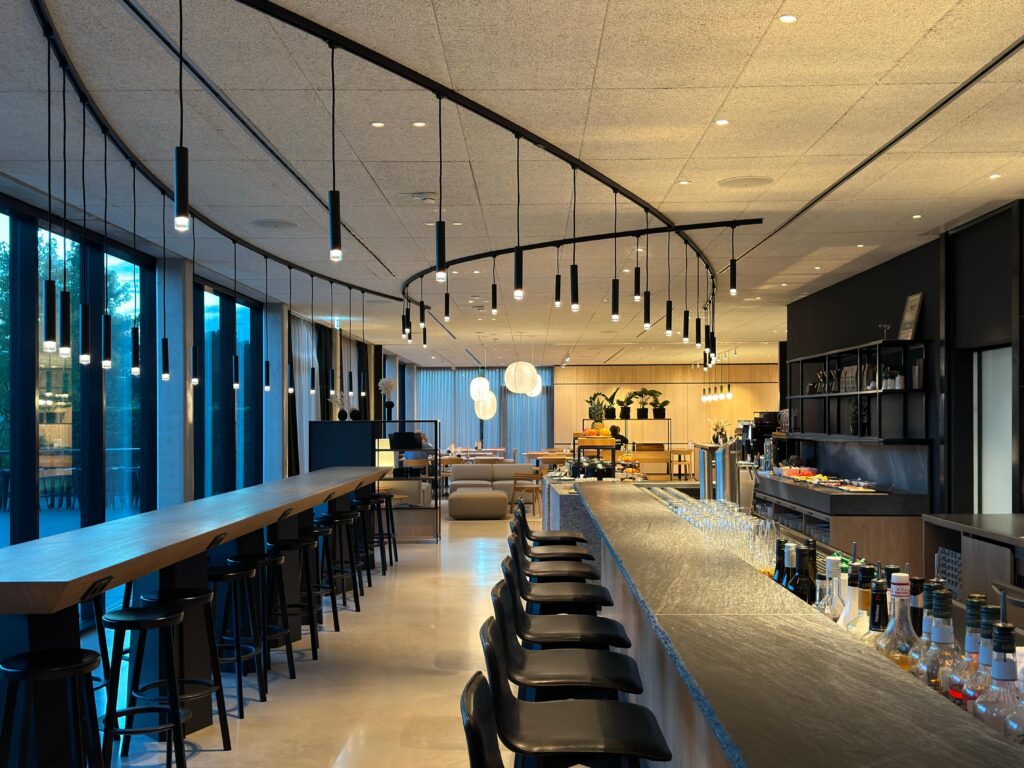
That’s the point: AI won’t replace value—it’ll replace repetition. If you want something fast and cheap, AI can deliver. If you want depth and quality, a professional will still be involved. A simple example: I once asked ChatGPT to generate a cake recipe with whatever ingredients I had at home. It worked—I baked it, and it was fine. But it wasn’t the fluffy cake I had in mind. The same goes for design. AI can get you something. But if you want that unexpected, memorable result, you still need a creative mind behind it. As AI evolves, it will draw a sharper line between the quick fix and the thoughtful, contextual work. There’s space for both. But only if we stay curious—and keep evolving».
